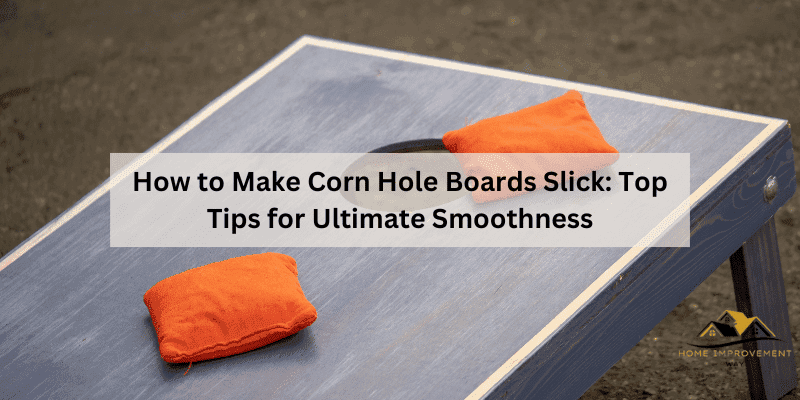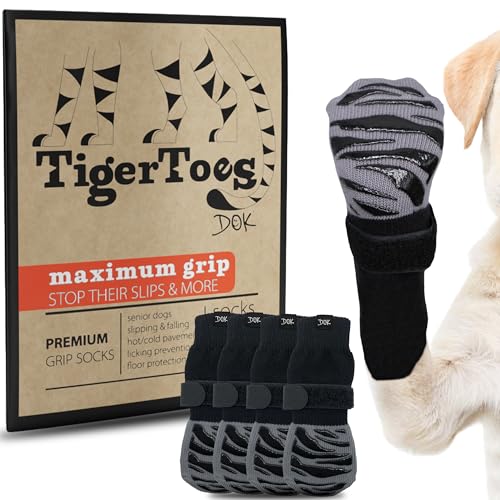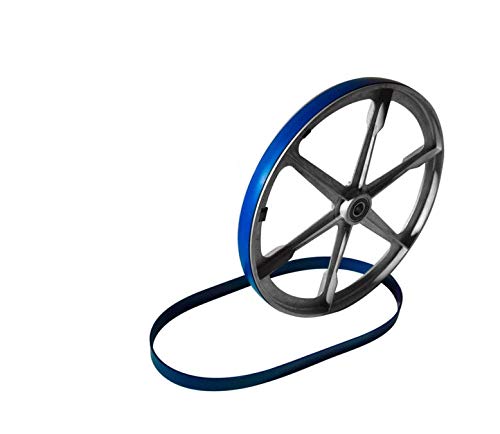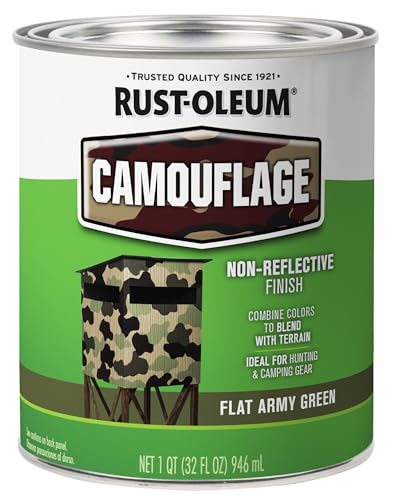How to Make Corn Hole Boards Slick: Top Tips for Ultimate Smoothness
To make cornhole boards slick, sand the board surface with fine-grit sandpaper and apply a coat of polyurethane or a slick, durable finish. Cornhole, a popular outdoor game, requires smooth, slick boards for the bags to slide easily.
By following a few simple steps, you can ensure your cornhole boards are slick and ready for gameplay. We’ll provide a detailed guide on how to achieve a smooth surface for your cornhole boards, including the tools and materials needed, step-by-step instructions, and tips for maintaining the slickness over time.
Whether you’re a seasoned woodworker or a DIY enthusiast looking to enhance your cornhole game, this guide will help you create professional-quality, slick cornhole boards for endless hours of outdoor entertainment.
Getting Started With Corn Hole Board Slickness
Creating slick and smooth corn hole boards is essential for a satisfying game experience. Achieving the right slickness on the board surface involves careful selection of materials, precise sanding techniques, and choosing the appropriate finish. In this guide, we will delve into the key factors that contribute to the slickness of corn hole boards, helping you make informed decisions and craft top-quality boards for your backyard gatherings.
When it comes to selecting the surface material for your corn hole boards, durability and smoothness are key considerations. Opt for high-quality plywood or birch for the board surface as they offer a fine and smooth texture. These materials provide a solid foundation for achieving the desired slickness and contribute to the longevity of the boards.
Proper sanding is crucial for achieving optimal slickness. Begin with medium-grit sandpaper to level the surface and then progress to finer grits to achieve a smooth finish. Ensure a consistent sanding technique and pay attention to the edges and corners for a uniform and professional result.
Using The Right Type Of Finish For Ultimate Smoothness
Applying the right finish can significantly enhance the slickness of your corn hole boards. Consider using a polyurethane or lacquer finish for an ultra-smooth surface. These finishes provide exceptional protection while offering a sleek and frictionless playing surface. Apply multiple thin coats, sanding between each application for a flawless finish.
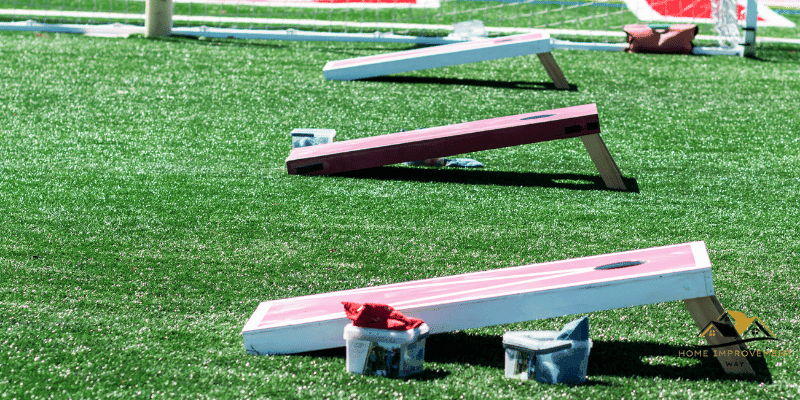
Choosing The Right Surface Material
When it comes to making your corn hole boards slick, choosing the right surface material is crucial. The surface material not only affects the performance of the boards but also impacts their durability. Here, we will delve into the optimal wood types for corn hole boards and how to evaluate the smoothness and durability of the material.
Optimal Wood Types For Corn Hole Boards
When selecting the wood for your corn hole boards, it’s essential to choose a type of wood that is both durable and smooth. Some optimal wood types for corn hole boards include:
- Birch: Known for its smooth and fine-grained surface, birch wood is a popular choice for corn hole boards. It provides excellent durability and a sleek playing surface.
- Maple: Maple wood is renowned for its strength and resistance to wear, making it a reliable option for corn hole boards. Its natural smoothness ensures consistent gameplay.
Evaluating The Smoothness And Durability Of The Material
When evaluating the surface material for corn hole boards, it’s crucial to consider both smoothness and durability. Here are some factors to assess:
- Smoothness: Run your hand over the wood to check for any rough spots or imperfections. The surface should be uniform and free of blemishes to ensure a slick playing experience.
- Durability: Look for wood with a sturdy composition that can withstand constant use and outdoor conditions. Assess the density and strength of the wood to ensure it can endure competitive gameplay.
Importance Of Proper Sanding Techniques
Slick and smooth cornhole boards are essential for a perfect game. Proper sanding techniques play a crucial role in achieving this desired slickness. Sanding not only enhances the appearance of the cornhole boards but also affects the gameplay by ensuring the bags slide smoothly across the surface. Let’s delve into the art of sanding cornhole boards and understand the importance of using correct sanding techniques to achieve the desired slickness.
The Art Of Sanding Corn Hole Boards
Achieving a slick surface on cornhole boards begins with mastering the art of sanding. Sanding is more than just rubbing sandpaper against the surface; it involves meticulous attention to detail to create a smooth and even finish. Proper techniques ensure that the boards not only look fantastic but also provide an optimal playing experience.
Understanding Grits And Sanding Patterns
Understanding the different sandpaper grits and sanding patterns is crucial in achieving a slick surface on cornhole boards. Choosing the appropriate grit and following the correct sanding pattern, such as cross-grain sanding and finishing with the grain, is essential for achieving a consistent and smooth finish.
Applying The Right Type Of Finish For Ultimate Smoothness
When it comes to making your cornhole boards slick, applying the right type of finish is crucial for achieving ultimate smoothness. The finish not only enhances the appearance of the boards but also provides a durable and slick surface for a satisfying gameplay experience. By exploring different types of finishes and learning effective application techniques, you can ensure that your cornhole boards are perfectly smooth and ready for hours of play.
Exploring Different Types Of Finishes
Choosing the right type of finish is the first step towards achieving a smooth and slick surface for your cornhole boards. Polyurethane, varnish, lacquer, and polyacrylic are some popular options that provide a durable and smooth finish. While polyurethane is known for its resilience and ability to withstand outdoor conditions, varnish offers a traditional glossy appearance. Lacquer, on the other hand, provides a quick-drying and hard finish, while polyacrylic is water-based and offers a clear and non-yellowing finish.
Tips For Applying A Smooth And Durable Finish
Applying a finish that is not only smooth but also durable requires attention to detail and the right application techniques. Consider the following tips:
- Prepare the Surface: Before applying the finish, ensure that the surface of the cornhole boards is clean and smooth. Sand the boards with fine-grit sandpaper to remove any imperfections and create a uniform surface.
- Choose the Right Applicator: Use a high-quality brush, foam brush, or sprayer for applying the finish. Ensure that the applicator is clean and free from any debris that could affect the smoothness of the finish.
- Apply Thin and Even Coats: To achieve a smooth finish, apply thin and even coats of the chosen finish. Allow each coat to dry completely before applying the next one to prevent unevenness and drips.
- Sand Between Coats: After each coat has dried, lightly sand the surface with fine-grit sandpaper to remove any imperfections and promote adhesion between layers.
- Protect the Finish: Once the desired smoothness is achieved, consider adding a topcoat or sealant to protect the finish from scratches and wear, ensuring long-lasting slickness.
Frequently Asked Questions Of How To Make Corn Hole Boards Slick
How Can I Make My Corn Hole Boards Slide Better?
To improve the slide of your corn hole boards, apply a thin layer of silicone spray lubricant to the playing surface. This will help the bags slide smoothly during gameplay.
What Type Of Finish Is Best For Corn Hole Boards?
A polyurethane finish is ideal for corn hole boards. It provides a durable and smooth surface, enhancing the glide of the bags while also offering protection against wear and tear.
Can I Use Wax To Make My Corn Hole Boards More Slick?
Yes, applying a high-quality furniture wax can help increase the slickness of your corn hole boards. Make sure to follow the application instructions and buff the surface to achieve optimal slide.
Conclusion
Making your corn hole boards slick is essential for a smooth and enjoyable game. By following the steps outlined in this blog post, you can easily achieve the desired level of slipperiness. Whether using traditional methods or trying out new techniques, ensuring the slickness of your boards will enhance the overall corn hole experience.

